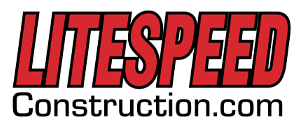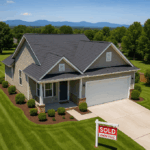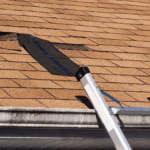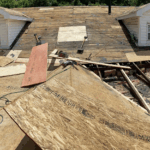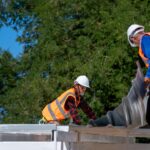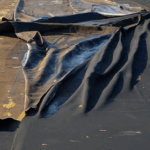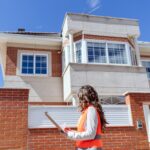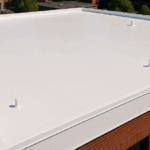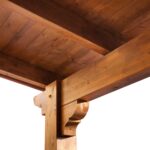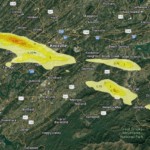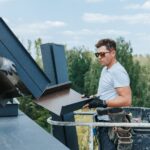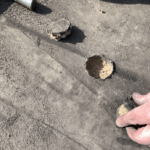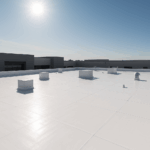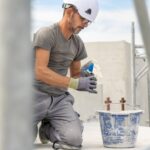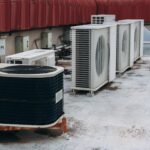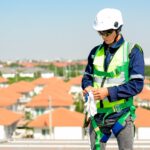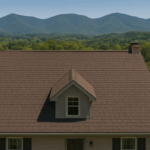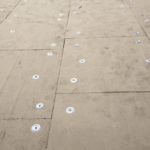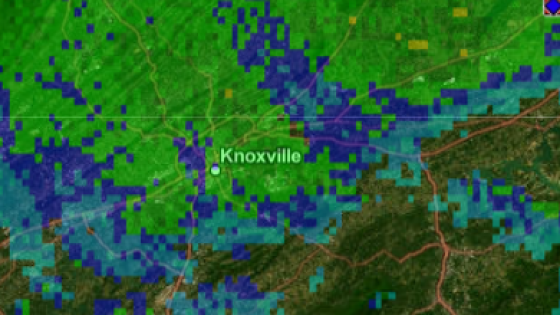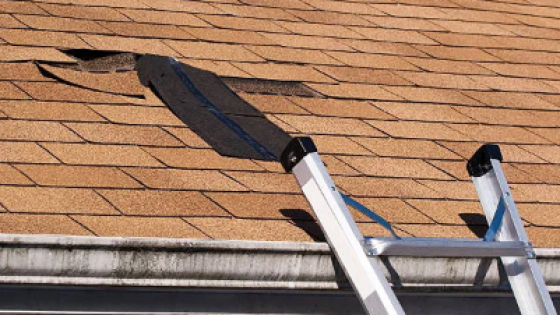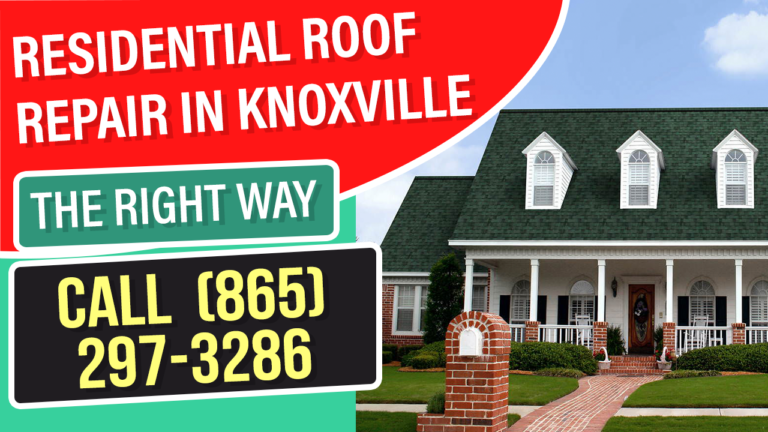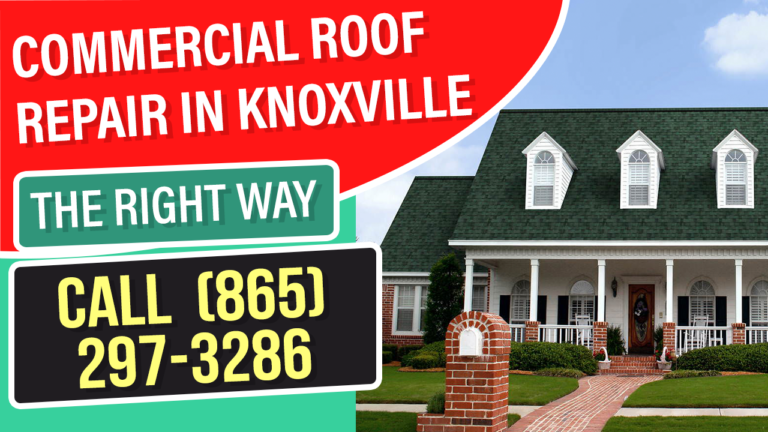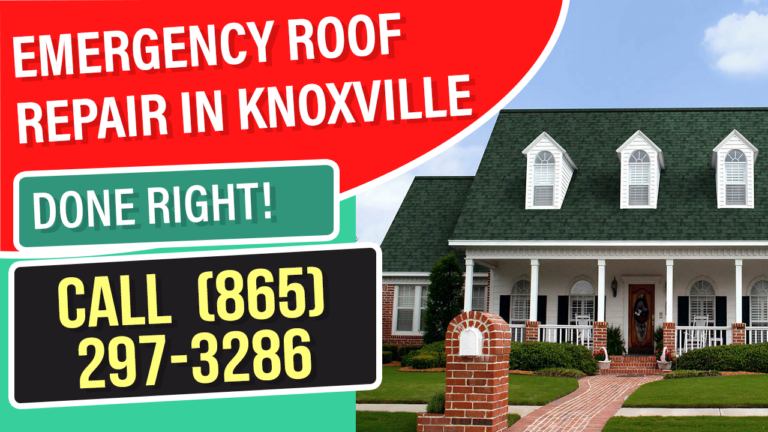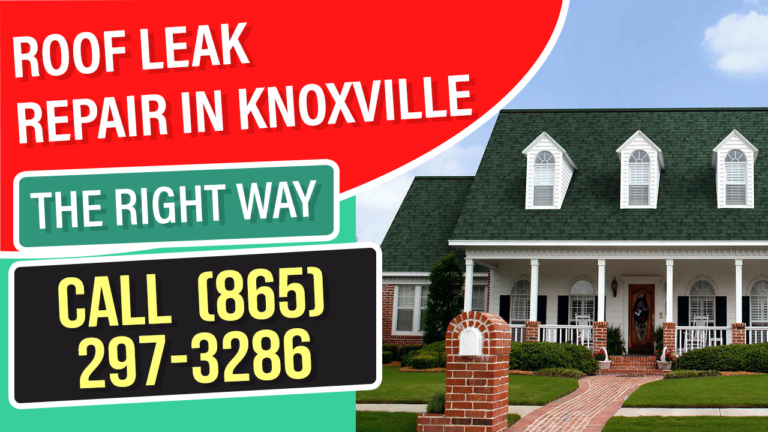As businesses across the country face increasing pressure to reduce energy consumption and improve sustainability, green roofing is becoming a go-to solution. A green roof, sometimes referred to as a living roof, is a vegetative layer grown on a rooftop, designed to offer both environmental and economic advantages to building owners.
For commercial properties, especially in rapidly urbanizing areas like Knoxville, TN, the green roof benefit is more than just aesthetic. It offers significant financial savings, improves building performance, and contributes to long-term environmental stewardship—all while enhancing a company’s public image.
In this article, we’ll explore how a green roof benefits commercial buildings using verifiable data, highlight why it’s a smart investment for companies of all sizes, and explain how Litespeed Construction can help businesses in Knoxville implement green roofing systems that last.
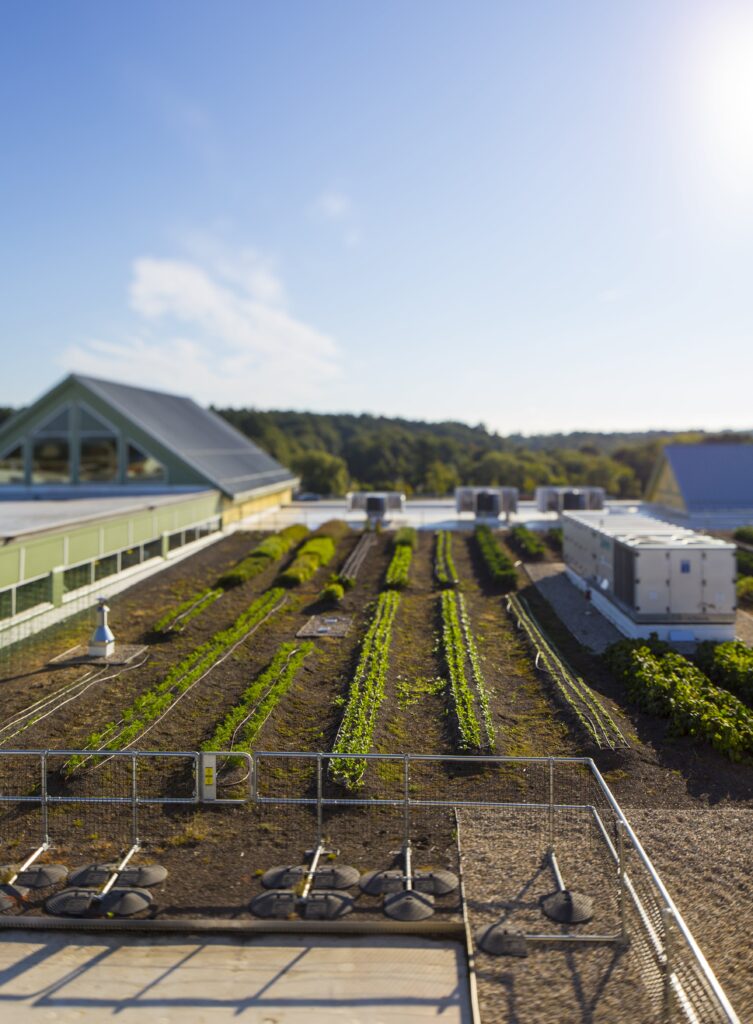
Key Takeaways
💡Reduced Energy Costs: Green roofs insulate buildings, lowering HVAC demands by up to 25%.
💡Stormwater Management: Can retain up to 80% of rainfall, reducing runoff and local flooding risks.
💡Tax Incentives & LEED Credits: Eligible for green building certifications and government rebates.
💡Improved Roof Longevity: Green roofs can double or triple the lifespan of traditional roofing.
What Is a Green Roof?
A green roof consists of multiple layers: a waterproof membrane, drainage system, soil or growing medium, and vegetation. There are two main types:
| Green Roof Type | Description | Typical Use |
|---|---|---|
| Extensive | Light, shallow soil, low-maintenance plants | Residential or light commercial |
| Intensive | Deeper soil, can support trees and larger plants | Commercial buildings, public structures |
These systems can be customized based on building size, climate zone, and intended usage—making them especially valuable for adaptable urban environments like Knoxville.
Green Roof Benefit #1: Energy Efficiency
One of the top green roof benefits for commercial buildings is thermal regulation.
According to the U.S. General Services Administration (GSA), green roofs reduce air conditioning needs by 25% in the summer and heat loss by 26% in winter. Vegetation absorbs sunlight, reducing the urban heat island effect while lowering rooftop temperatures.
| Metric | Traditional Roof | Green Roof |
|---|---|---|
| Summer surface temp | 150–190°F | 85–100°F |
| HVAC demand | High | Reduced up to 25% |
| Energy savings | — | 6–15% annually |
By reducing thermal load, green roofs decrease building maintenance costs and utility bills—key priorities for facility managers and property investors.
Green Roof Benefit #2: Stormwater Management
The EPA reports that green roofs can retain up to 80% of annual rainfall, reducing runoff, preventing sewer overflows, and easing stress on public infrastructure.
In places like Knoxville, where flash floods and seasonal rains are common, this benefit protects both the building and the community.
How It Works:
- Plants and soil absorb rainfall
- Runoff is slowed, filtered, and cooled
- Reduces need for underground stormwater detention systems
Green Roof Benefit #3: Extended Roof Lifespan
Green roofs protect waterproof membranes from UV exposure, thermal fluctuations, and mechanical damage. This protection extends the roof’s lifespan up to 40–50 years, compared to 15–25 years for conventional systems.
According to a study by National Research Council of Canada, green roofs can double or even triple the life of a commercial roof.
This not only saves money on replacement costs but also reduces landfill waste from torn-off roofing materials.
Green Roof Benefit #4: Environmental & Social Impact
Commercial green roofs contribute to corporate sustainability goals, which is increasingly important to customers, investors, and regulators.
Benefits include:
- Carbon reduction: Plants absorb CO₂
- Air quality improvement: Filters pollutants and dust
- Noise insulation: Natural sound barrier, reducing up to 40 decibels
- Urban biodiversity: Supports pollinators and bird habitats
Companies pursuing LEED (Leadership in Energy and Environmental Design) certification gain points for green roofs, improving building marketability.
Local Applications in Knoxville, TN
While major metro areas like Chicago and NYC have invested heavily in green roofing, Knoxville businesses are catching up fast.
With rising temperatures, aging infrastructure, and city efforts to go green, commercial property owners in East Tennessee are now looking toward green roofing as a future-proof investment.
Litespeed Construction, a trusted name in Knoxville roofing, offers expertise in designing and installing green roofs tailored to the regional climate and compliance standards.
Tax Incentives & Financial Payback
Installing a green roof isn’t just environmentally smart—it’s financially strategic.
Available Incentives:
- Federal 179D deduction: Up to $1.88/sq. ft. for energy-efficient commercial properties
- State and city incentives: Vary by region; Knoxville may offer rebates through energy-efficient programs
- Stormwater fee reductions: In some cities, green roofs reduce municipal stormwater charges
With proper design and implementation, most green roofs have a payback period of 6 to 8 years—and then continue providing benefits for decades.
Web Ratings & Government Resources
| Source | Rating | Link |
|---|---|---|
| GSA Green Roof Study | ★★★★★ | gsa.gov |
| EPA Green Roof Benefits | ★★★★★ | epa.gov |
| National Research Council Canada | ★★★★☆ | nrc-cnrc.gc.ca |
| US Green Building Council | ★★★★★ | usgbc.org |
FAQs about Green Roof Benefits
Costs range from $10–$25 per square foot for extensive systems, and $25–$50 for intensive systems.
Depending on size and complexity, most installations take 2–6 weeks.
Yes, but a structural assessment by professionals is essential.
Extensive systems require bi-annual maintenance; intensive systems may need monthly attention.
Yes, with special engineering. Most effective on flat or low-slope commercial roofs.
Yes, they include a durable waterproof membrane as the base layer.
Properly designed green roofs do not attract pests if maintained regularly.
Yes, they contribute to LEED certifications under several categories.
They offer excellent insulation, reducing heat loss and protecting the membrane from freezing temps.
